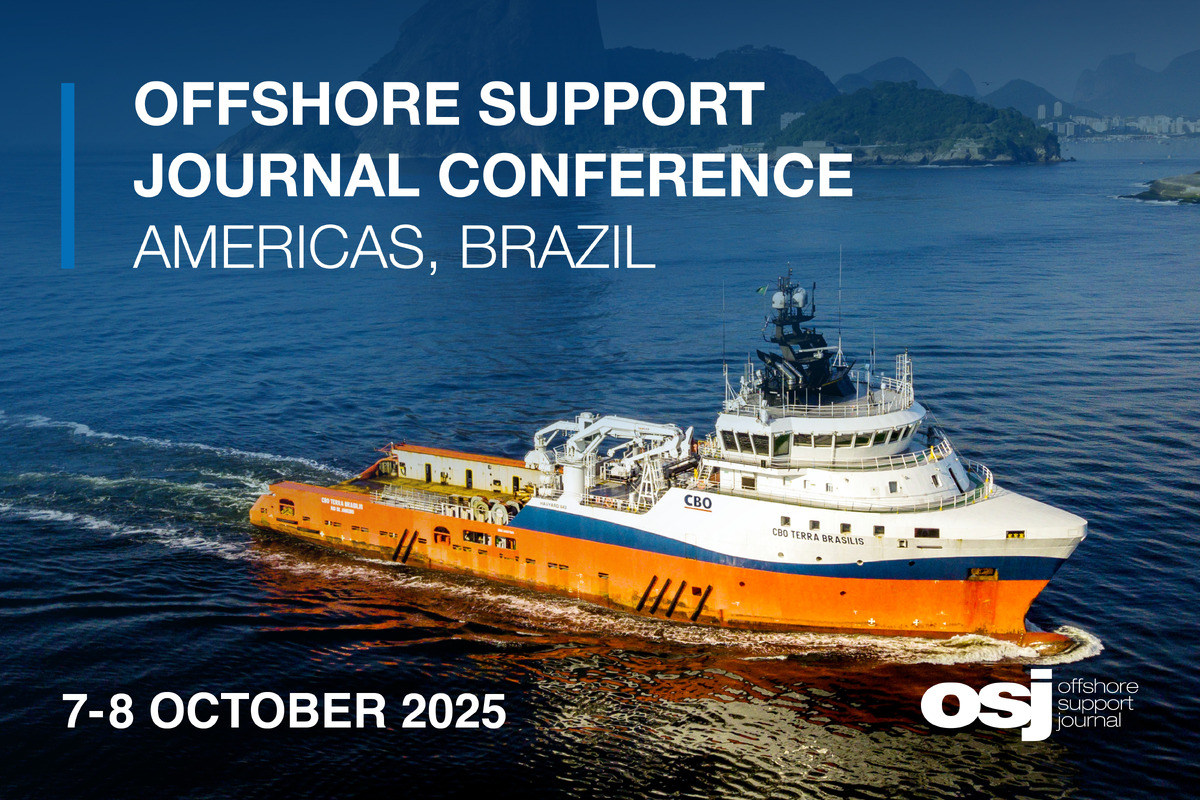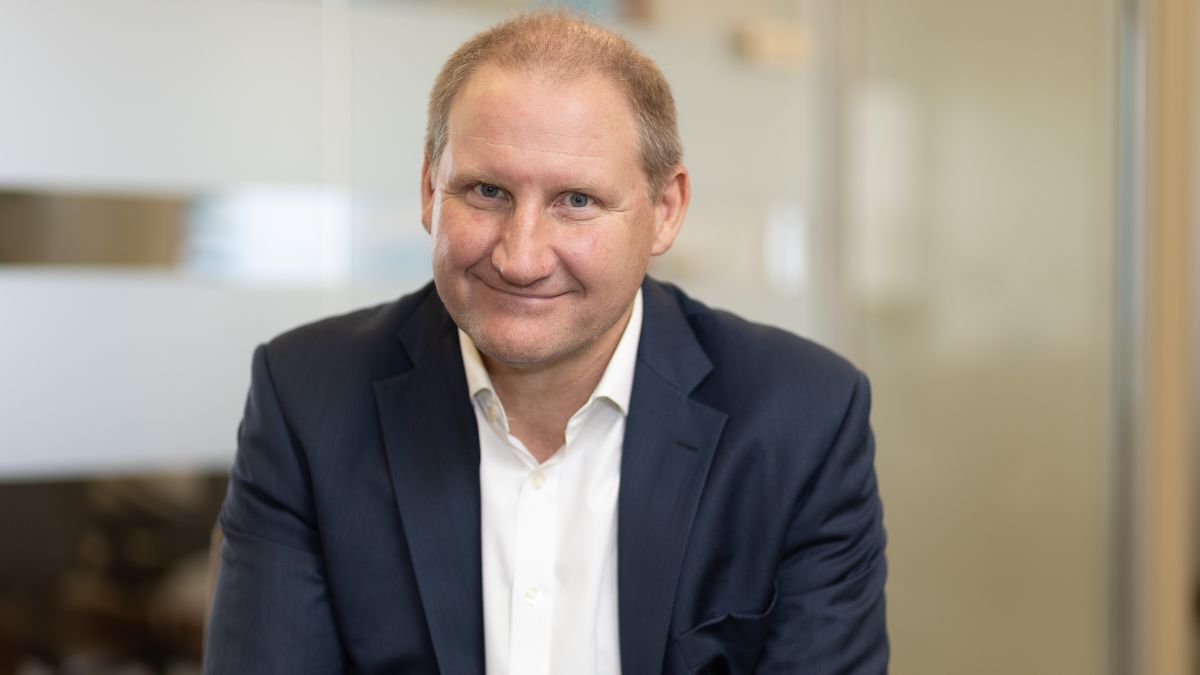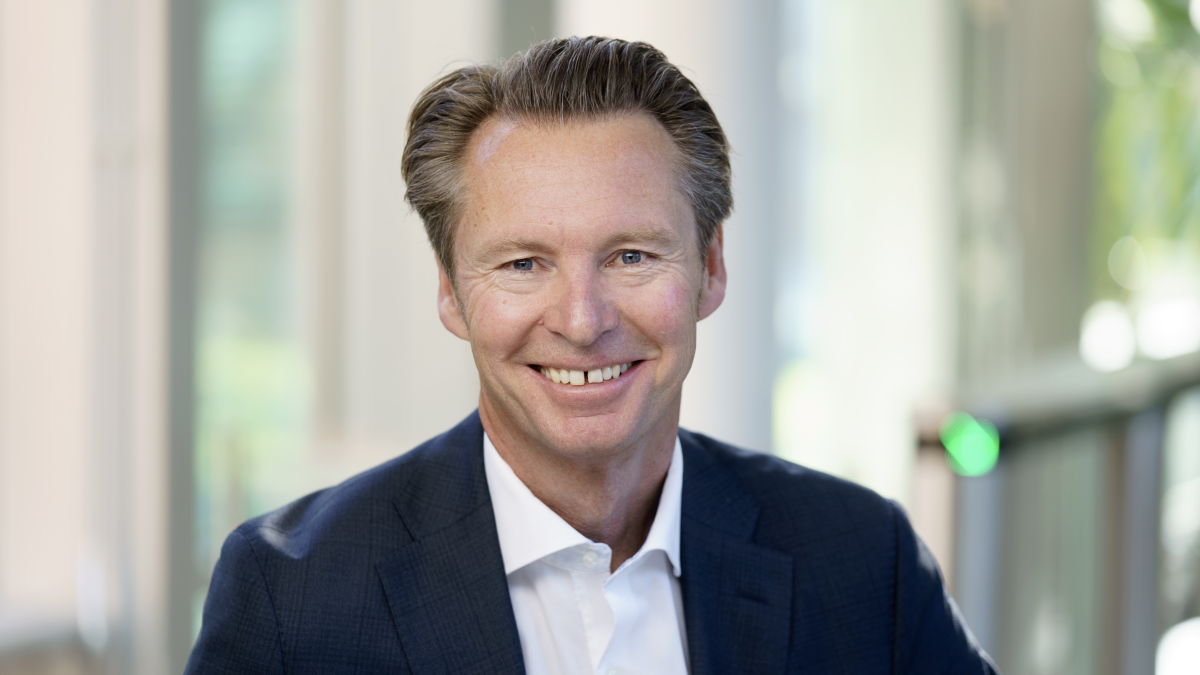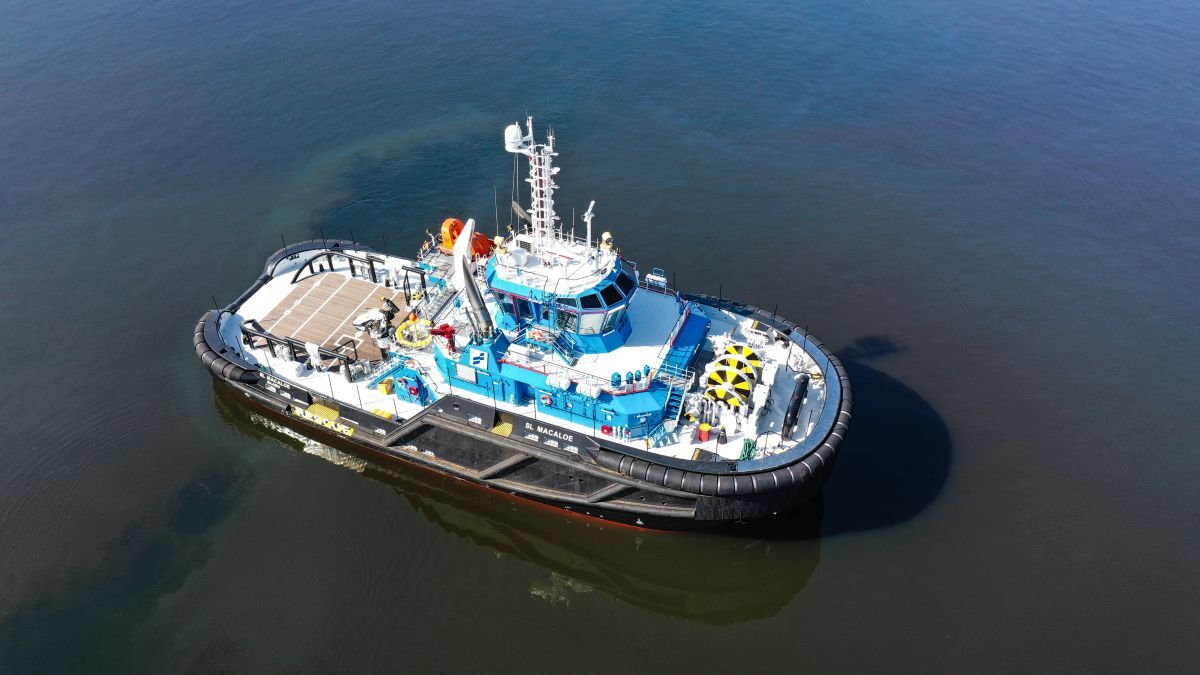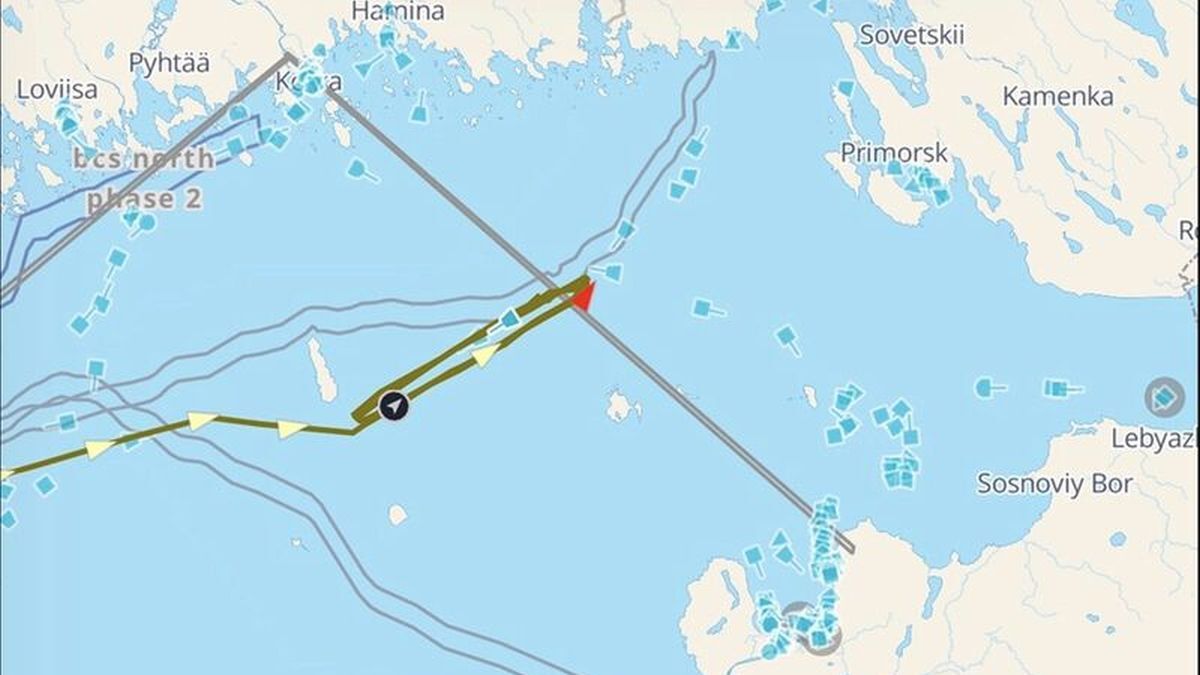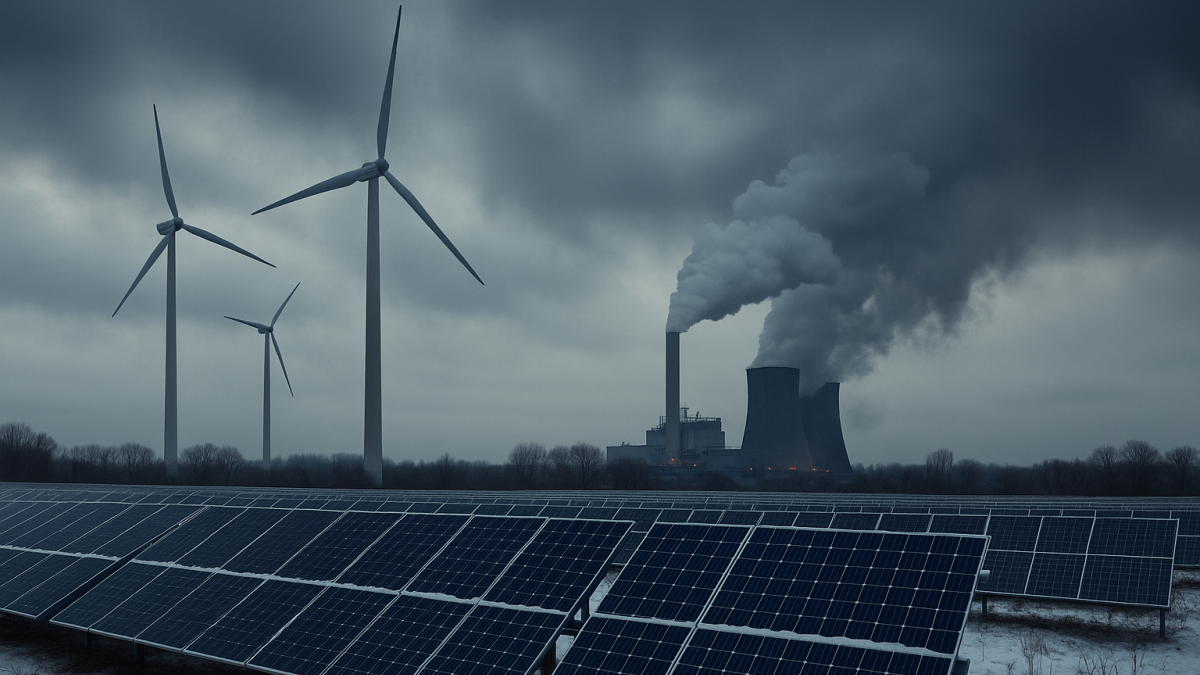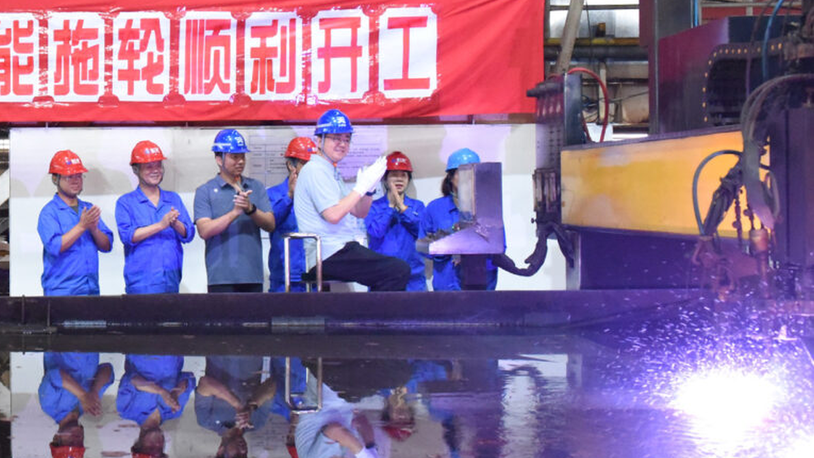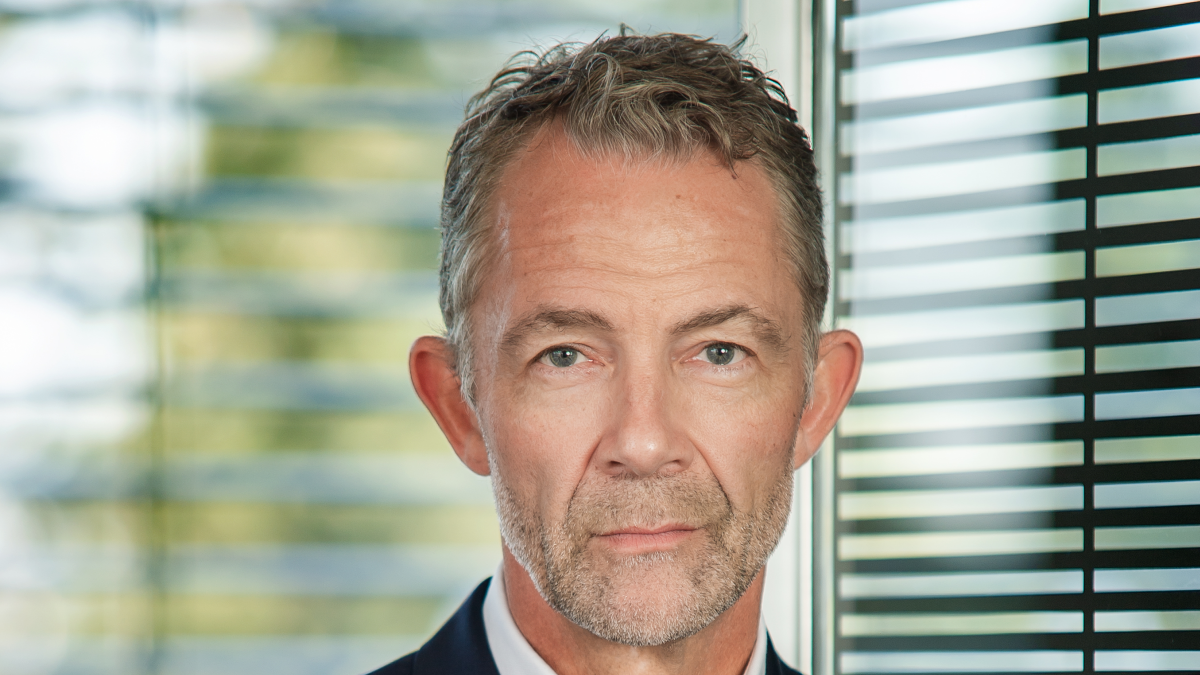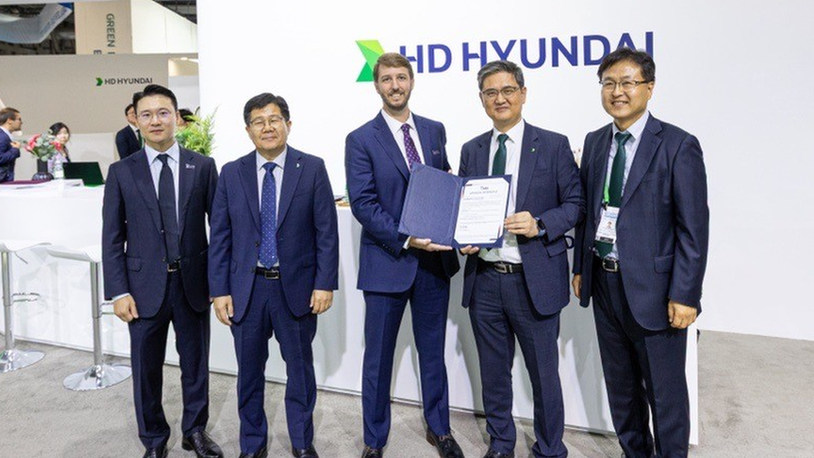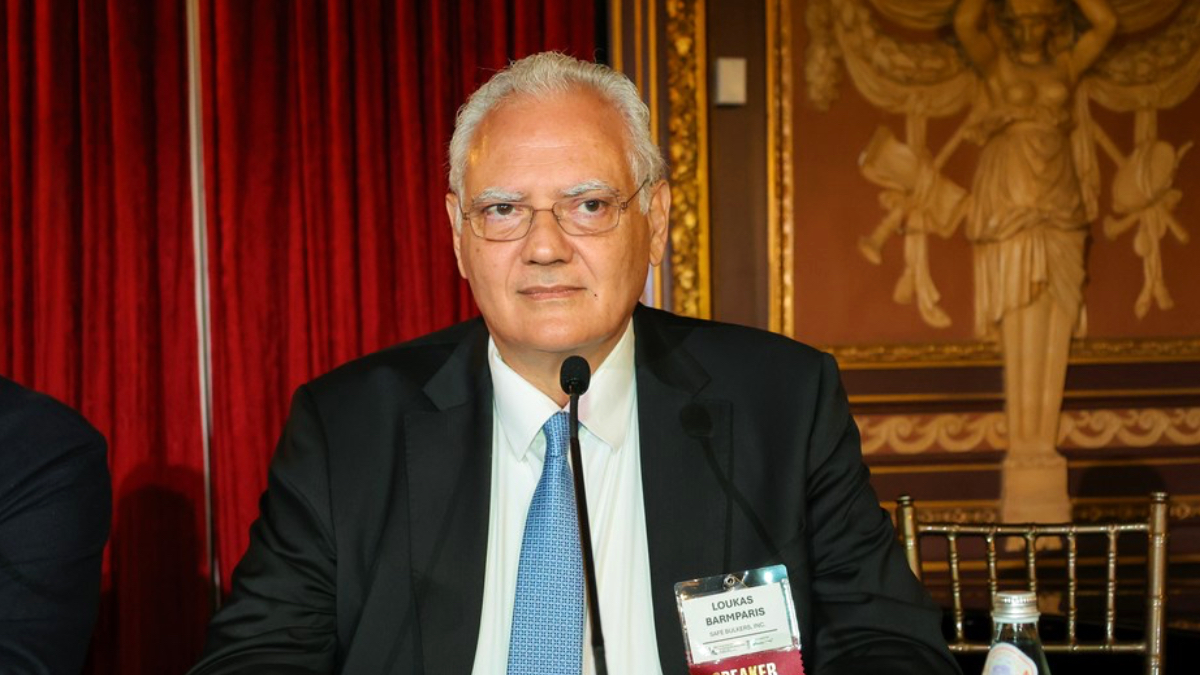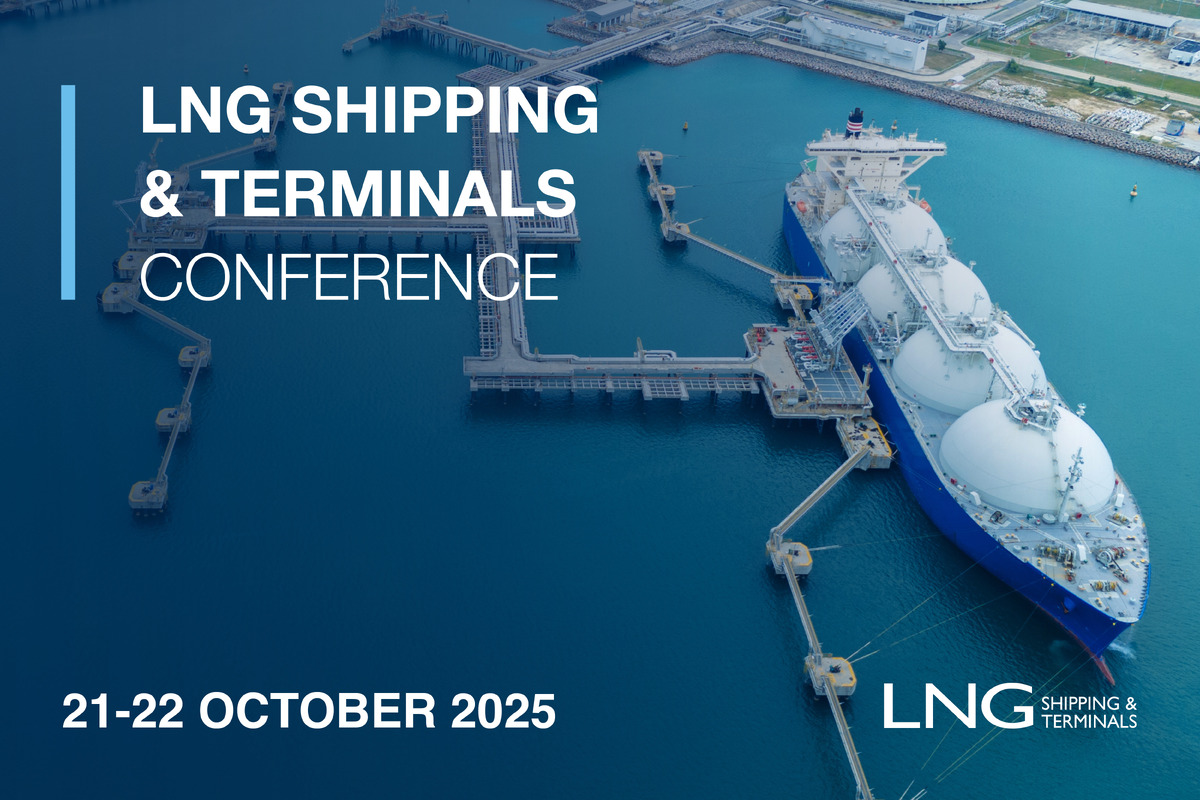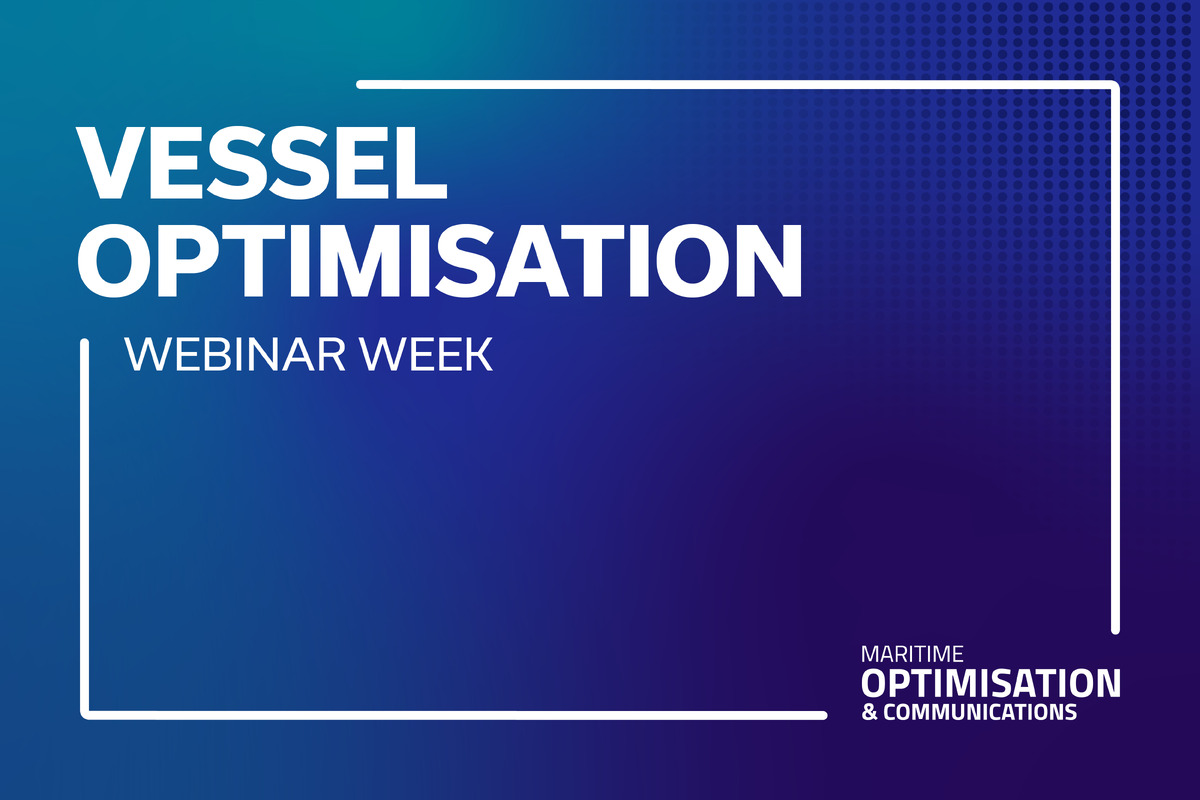Business Sectors
Events
Contents
Register to read more articles.
Forget the misconceptions: ammonia is a viable option for maritime
Ammonia’s maritime risks are manageable; overcoming perception and knowledge gaps is the biggest hurdle
Ammonia, the same pungent, nitrogen-based gas used in fertilisers and a variety of chemicals, is an outstanding zero-carbon fuel option for the maritime industry, according to the man leading marine fuel international advisory services at a top energy and ship brokerage.
Global head of hydrogen, ammonia and methanol advisory at Poten & Partners, Graham Hoar says ammonia demand could triple from around 200M tonnes per year today to more than 600M by 2050. Mr Hoar brings over 30 years of experience in plant operations, energy and chemicals advisory, and technology licensing. He previously led the ammonia, syngas and fertilisers technology business at KBR and Nexant’s global C1 chemicals and fertilisers advisory activities.
“The biggest driver of growth will be power generation and a lower cost and safer way of transporting hydrogen, but marine fuel will also be a huge potential market,” says Mr Hoar citing Japan and South Korea, which plan to substitute 20% of coal used in power plants with clean ammonia, requiring more than 30M tonnes annually each by 2050. This is a monumental increase considering only 20M tonnes of ammonia are traded inter-regionally today.
Most of this new demand will need to be shipped, as production hubs emerge close to low-cost natural gas and renewable energy resources. Mr Hoar believes this growth will spur development of dedicated ammonia import terminals and bunkering infrastructure at major ports. Within a decade, he foresees specialised ammonia tankers plying select green corridors such as the Middle East to Asia. From there, regional distribution to smaller ports will proliferate.
Mr Hoar contends ammonia is safer than some suggest, noting it has been safely handled and transported for many decades. “Ammonia is a safer material to have, because you know if it is leaking even tiny amounts and can take action,” he says, adding ammonia’s strong odour makes it inherently safer than colourless, odourless gases such as methane, nitrogen or carbon dioxide. He accepts overcoming negative public perception will take time despite ammonia’s manageable risks. New bunkering facilities will require permitting approvals, which can take time if local populations object.
While some propose carbon capture devices as a shortcut, Mr Hoar says this thinking is “for the birds”. His view is the technology is impractical on ships given the space constraints and technical complexity. Carbon capture also necessitates sequestering CO2 which has proven challenging and expensive even on land. He explains, “Apart from high capital costs per ship and the much-reduced cargo capacity, such a proposition would incur high fees for third parties to take the captured CO2 and transport it to sites where the geology is suitable for CO2 sequestration. Such fees will be very high due the costs of developing such locations and the ‘forever legacy’ of needing to maintain the sites to ensure no CO2 ever leaks back to the atmosphere. Other issues include the need for ships to store and safely dispose of the spent amine solution (which is toxic and contains possible carcinogens) and consider the impact of any issue in the flue-gas capture system on engine performance and reliability.”
Looking at other future fuel options, he sees liquid hydrogen as a complete non-starter for marine use due to extremely high costs and safety risks, methanol as a viable shorter-term option given it is an easy liquid to handle and engine readiness, although it still produces CO2 when combusted and there are challenges in producing enough e-methanol to supply the entire shipping industry. In the long term, there will be a variety of marine fuels used, with ammonia likely to be the largest volume long-term option due to its producing zero CO2 when combusted.
The path forward will entail training personnel, integrating new engine designs, adding bunkering infrastructure, and evolving attitudes over time. Change will not happen overnight but Mr Hoar sees ammonia emerging as the long-term, low-carbon fuel of choice for sustainable shipping and is confident “if the market is there then people will develop necessary skills”.
While bunkering infrastructure will eventually extend to many ports, “You can actually hit over half the market with just three locations” he says, which highlights how investment can focus first on major hub ports.
“There is apprehension whenever there is something new. When electricity was first introduced there will have been those who would have dismissed it as too risky. Yet with proper handling and education, we manage those risks.”
Riviera Maritime Media’s Maritime Decarbonization Conference, Americas will be held 12-13 December 2023 in Houston, USA. Use this link for further information and to register your interest
Related to this Story
Events
Offshore Support Journal Conference, Americas 2025
LNG Shipping & Terminals Conference 2025
Vessel Optimisation Webinar Week
© 2024 Riviera Maritime Media Ltd.
